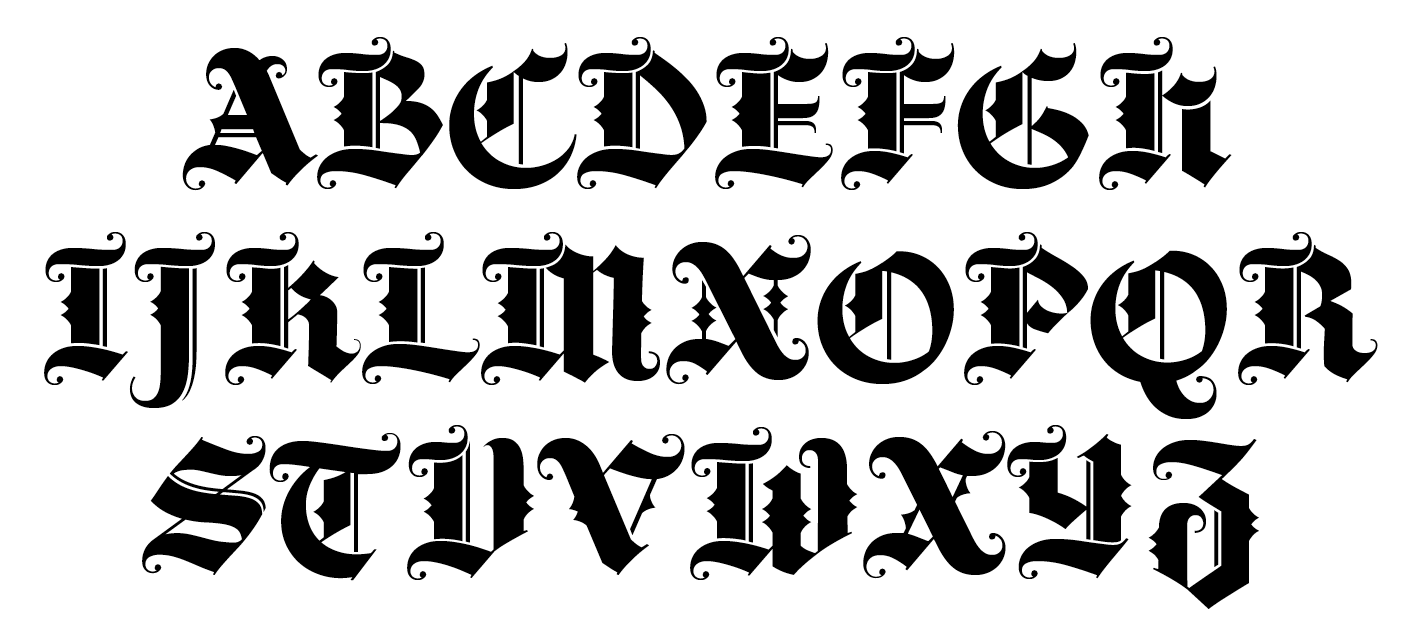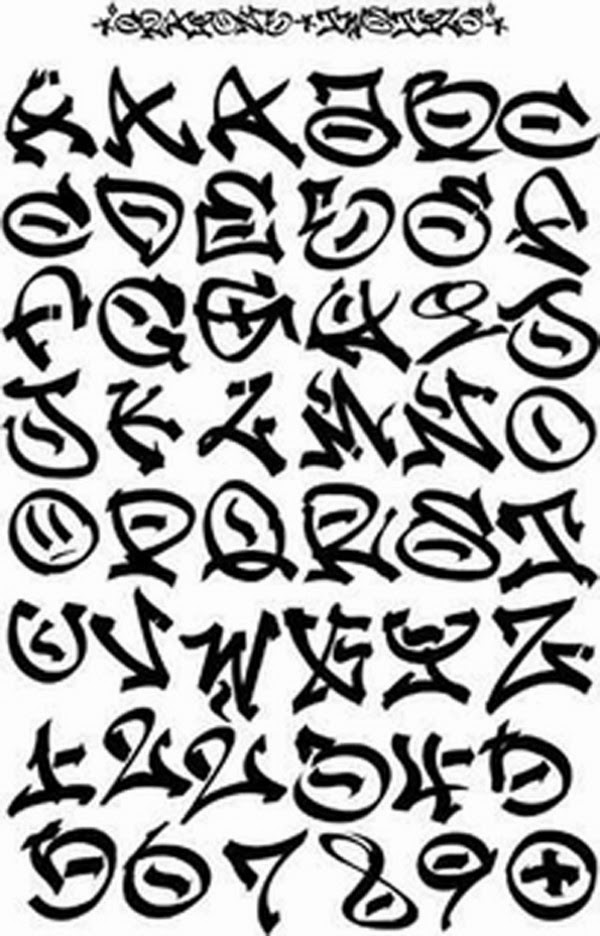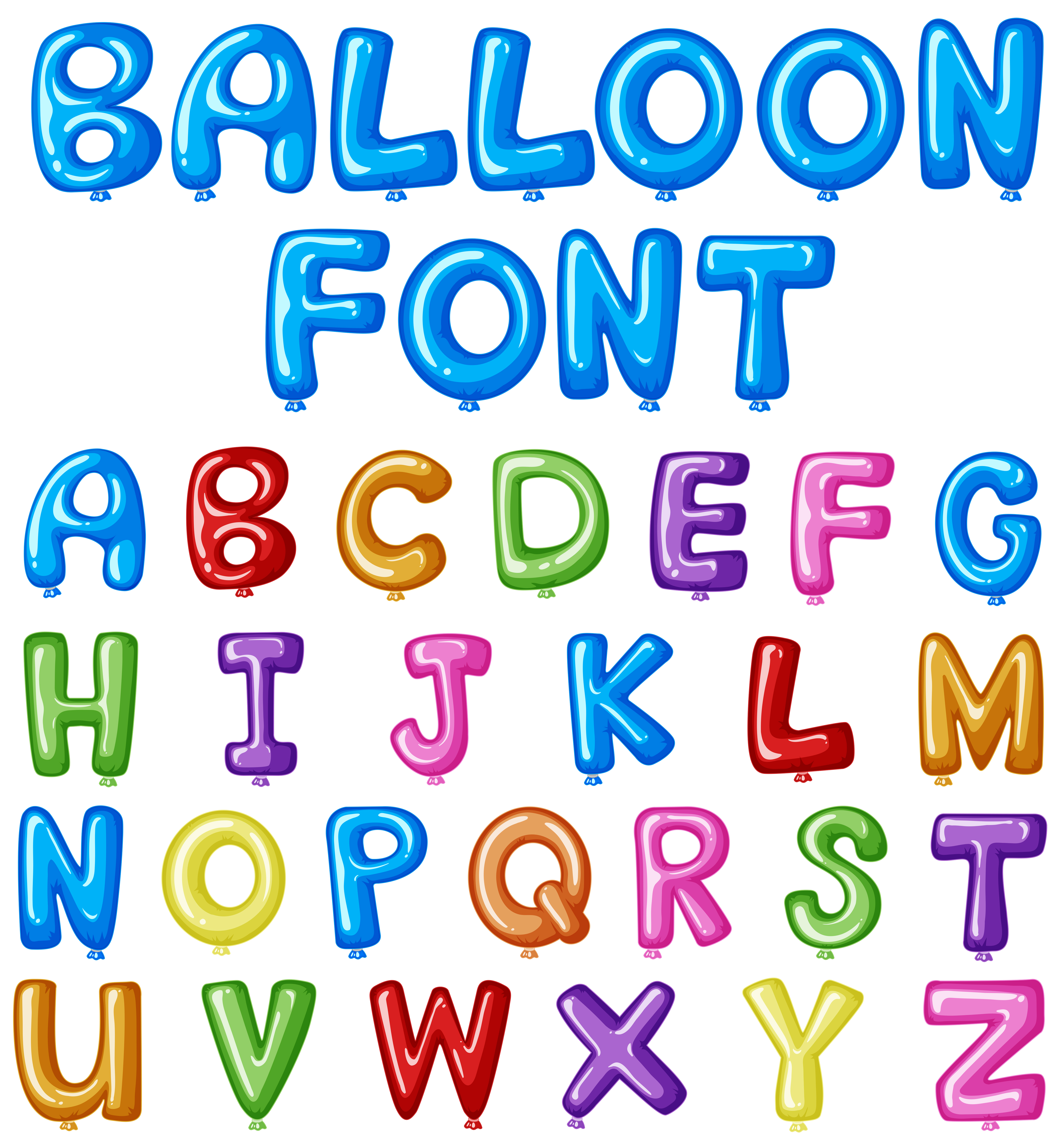

“And I said, ‘No, it’s just not appropriate because it has this mocking or comedic effect.'” “A designer for one of my books wanted to use that font for the book title,” she told me.

Sarah Bunin Benor, a professor of linguistics and contemporary Jewish studies, and director of the Jewish Language Project at the Hebrew Union College, said that her colleagues view the font with disdain. It was the equivalent of asking the American Irish Historical Society about the origins of the “Kiss Me I’m Irish” T-shirt. When I asked a librarian at the Dorot Jewish Division of the New York Public Library, I’m pretty sure she rolled her eyes. Likewise, Hebrew typography textbooks only cover actual Hebrew, and while I found critiques of the lettering in academic texts, no one had ever dug into its history. He generously emailed experts in the font world, including a former rabbi, but no one knew for sure. Heller said he guessed the font dated back to vaudeville. Still, how far back does faux-Hebrew go? Was it originally playful or hateful or something entirely different? Moreover, who did it first: Jews or antisemites? Faux-Hebrew, like the Greek-like font found on coffee cups, resembles an actual script, giving it authenticity and a more dignified feel. And while Chop Suey fonts are supposed to mimic east Asian calligraphy, they really don’t. Perhaps a key difference is that faux-Hebrew does not play off cultural stereotypes in the same way as the bamboo lettering that invokes Asia or the festive Tamale font that’s used in Mexican restaurants. In contrast, Jews themselves are the ones who most often use Hebraized lettering as an inside joke. Later, Asian Americans co-opted the lettering mainly to market their food to non-Asians. Chinese- and Japanese-like fonts were first created in the 19th century by white Americans to exoticize and ridicule Asians. Even if they’re not offensive, they’re seen as gimmicky and hard to read.īut faux-Hebrew differs from the Chop Suey fonts, which have been criticized in recent years. Most designers look down on ethnic fonts, calling them “garbage fonts.” They are a shortcut to announce ethnicity, often used in marketing, in light-hearted jokes or as vicious slurs. “It’s easy if you know what you’re doing.”įaux-Hebrew is one of many “ethnic fonts.” The most well-known are the Chop Suey characters once commonly found on Chinese takeout boxes. You stretch it,” he said dismissively, adding that some letters can be borrowed unchanged or inverted. “You take the Hebrew letter and just adapt it. I asked Heller how much of a technical challenge this was.

To make the English alphabet feel Yiddish, a designer must reverse the stresses and serifs, reflecting that Hebrew is written from left to right. “The words’ Chicken Soup’ in the style of Hebrew lettering,” he offered as a positive cliché, “they make you feel better when you’re sick and come from a Jewish grandmother’s recipe book.”

“It’s a trope,” said Steven Heller, co-chair of the School of Visual Arts MFA program and author of “The Swastika and Symbols of Hate.” And not just an antisemitic one. Courtesy of United States Holocaust Memorial Museum A 1932 Hitler presidential campaign poster with faux-Hebrew lettering.


 0 kommentar(er)
0 kommentar(er)
